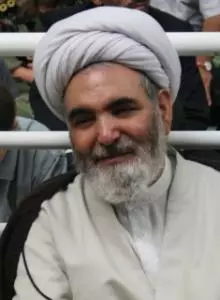Dependency to arrogant powers is inconvertible betrayal

“Dependency of Arab rulers to arrogant powers is inconvertible betrayal to the Islamic World,” said the Friday prayer leader of Tabriz, Hojjatol Islam Ali Hajizadeh.
Hojjatol Islam Hajizadeh mentioned that those who depend and rely on western countries are actually their elements in Muslim world and paved the way for tyrants to bully innocent people.
Friday prayer leader of Tabriz also pointed to the importance of unity among Muslims and underlined, “in such vulnerable condition Muslim nations should keep their unity and proximity so as to foil plots hatched by the enemies.”
“Cleaving to the holy book of Quran makes Muslims keep their proximity and foil any plots hatched by the arrogant powers,” the Islamic scholar underlined.
“Eschewing from being disrespectful toward each other, Muslims from different denominations should be open to counter credos running to theirs,” Hojjatol Islam Hajizadeh expressed.
In other part of his speech, the Islamic scholar pointed to the role of Islamic Revolution of Iran in spreading Islamic awakening in the region and said, “That was the Islamic revolution of Iran which pave the way for Muslim nations to stand against tyrant governments, collapsing despotic governors and demanding for repealing unfair laws.”







